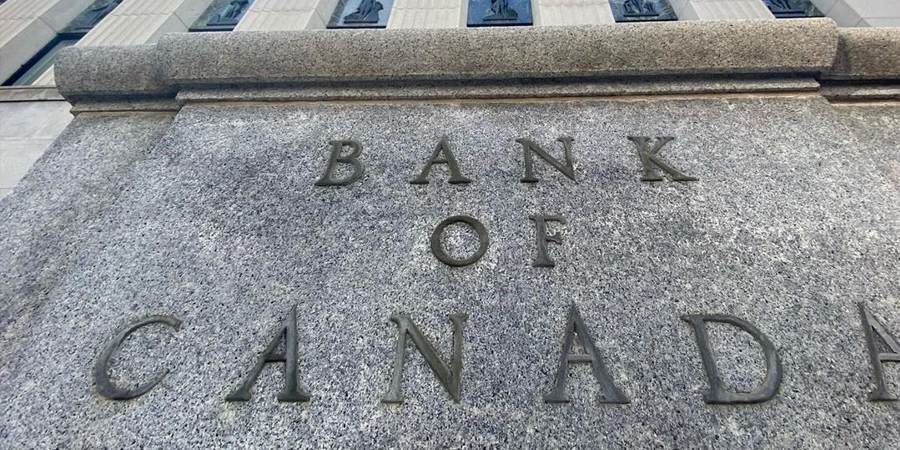The Canadian Central Bank (CB) has deployed a quantum computer to calculate the implications of cryptocurrencies and their compatibility with the traditional financial system.
The Sun became the first regulator of the G7 countries to decide to use quantum computing to model scenarios for the coexistence of digital and fiat currencies. The project is being developed by the startup Multiverse Computing, according to Decrypt.
The quantum computer model used is capable of evaluating more than 1 octillion (1027) possible scenarios in 30 minutes. The model combines Tether (USDT) stablecoin blockchain data and public data from 10 major financial institutions. In the course of the study, VS analysts consulted with experts from major commercial banks in Canada. Tether was specially chosen for the study, as it is a stablecoin launched in 2014 and has a rich history of development.
Most of the scenarios have shown that the adoption of cryptocurrencies by non-financial institutions will be slow as there are barriers to converting fiat to digital currency. In addition, the computer simulated an “adequate reaction of banks” to the adoption of cryptocurrencies, in which they could compete with issuers of digital assets by lowering fees for bank transfers.
Now the study is at the verification stage, so there is no talk of making new decisions on the regulation of cryptocurrencies in Canada. However, the representative of the Sun said that the very ability to use quantum computing models to calculate the consequences for the adoption of cryptocurrencies is a big step forward.
“We wanted to test the power of such computations on an example of a study that is difficult to solve using classical methods. We were able to learn more about how quantum computers can provide new insights into economic problems,” says Maryann Haghighi, director of data science at the Bank of Canada.
Recall that earlier the founder of the Canadian investment company Wealthsimple, Michael Katchen, said that Canada had already created favorable conditions for attracting cryptocurrency projects and that the state had only to adopt transparent legislation to regulate the industry.







